The Honda Super-One appeared at the Japan Mobility Show 2025 in a near-complete prototype form, aiming at the group of small urban electric vehicles. The model uses a 35.5 kWh battery, has a range of about 220 km and is expected to be sold by Honda in Japan from next year before considering other markets, including the UK, Asia and Oceania.
Kei-car style, practical for cramped urban areas
Keeping the spirit of the Super EV concept that debuted at the Goodwood Festival of Speed 2025, the Super-One has a square shape from the front of the car to the overall body, reminiscent of the kei-car style popular in Japan. The compact body proportions and straight blocks help optimize cabin space and make it convenient to move in crowded urban areas.
The front of the car stands out with compact, high-mounted main headlights combined with a simple front bumper. The rear of the car is neat, with vertical taillights, a lettered brand logo located between the tailgate and a slim rear bumper. The 16-inch rims have a simple 4-spoke design, with two contrasting colors, matching the overall simplicity.
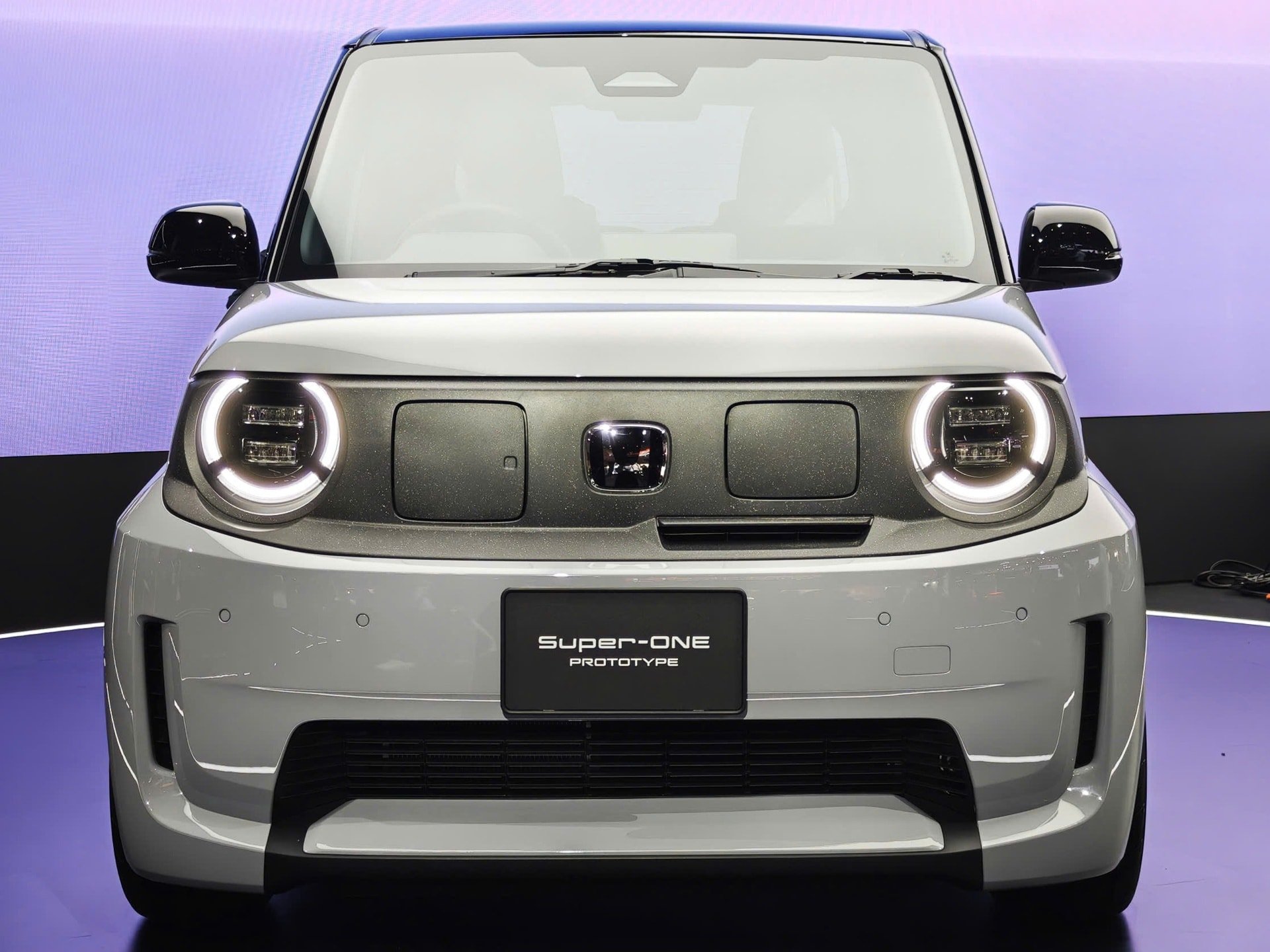
Minimalist cabin, prioritizes intuitive operation
The cockpit is designed with a simple and easy-to-use philosophy. Behind the 2-spoke steering wheel is an LCD instrument cluster. In the center of the dashboard is a 9-inch entertainment screen, below which are physical keys for commonly used functions such as gear selection, electronic handbrake and air conditioning control. This layout helps the driver operate quickly without depending entirely on the touch.
The Super-One has a 2-row, 4-seat configuration. The rear seats can be folded to flexibly convert space, increasing storage capacity when needed. For a city-oriented car, practicality in luggage compartment layout is important, and the Super-One shows this orientation right from the pre-production version.
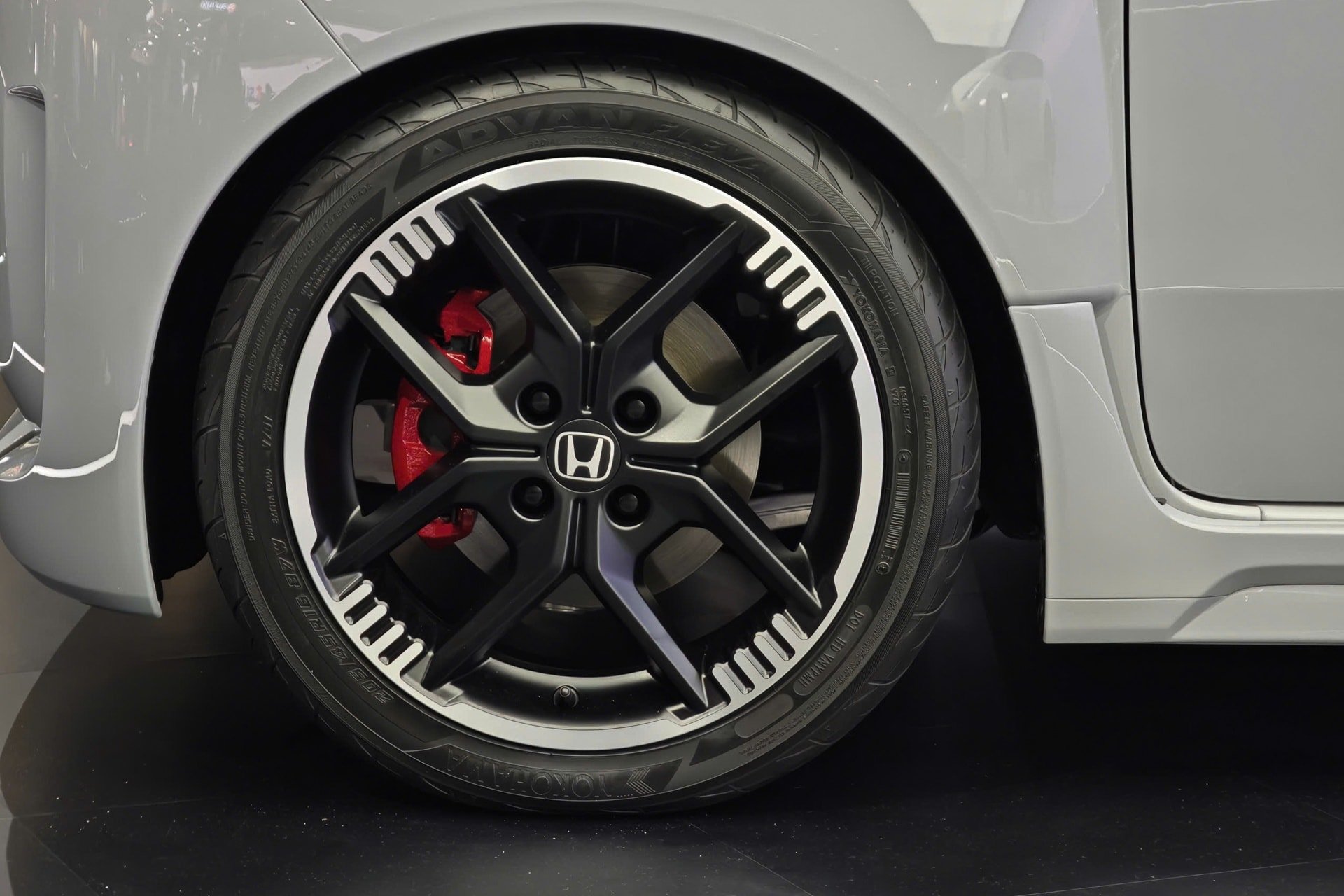
35.5 kWh battery, 2 front charging ports
Honda equipped the Super-One with a 35.5 kWh battery pack. According to information published for the pre-production model, the maximum operating range is about 220 km, suitable for daily urban commuting. Notably, the car has up to 2 charging ports located at the front of the car, promising to increase convenience in recharging in different parking lots. The specific charging standard and charging capacity have not been announced by the company.
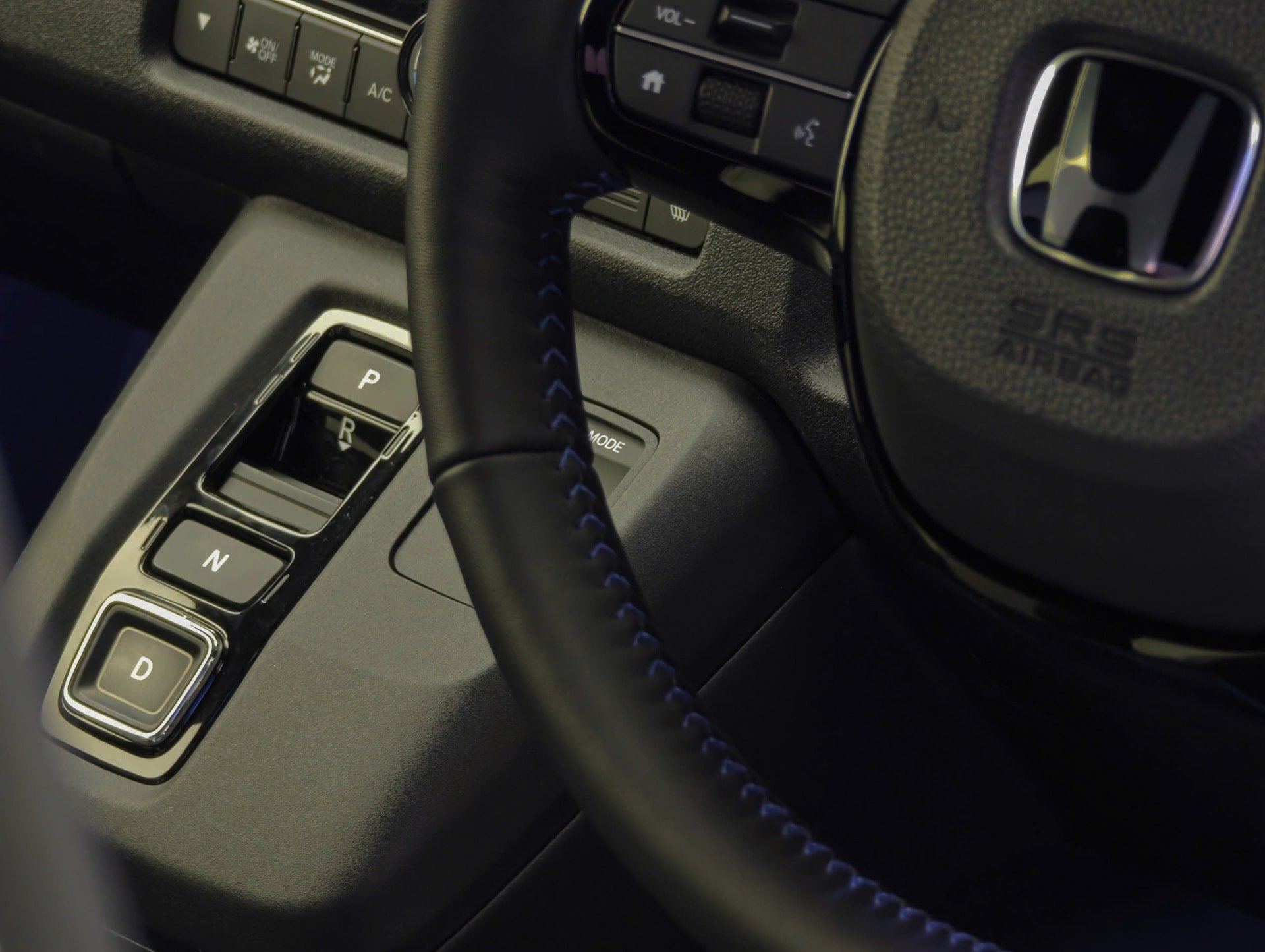
Powertrain: still open, expected to be better than the concept
Honda has not yet released the power figures for the pre-production Super-One. According to sources at the event, it is likely that the power will be slightly higher than 154 horsepower and higher torque than 315 Nm. This is just a prediction at the pre-production stage and may change when the vehicle is commercialized.
With the aforementioned range and battery capacity, the Super-One shows that the focus is on short-to-medium distance travel in the city. The weight and compact body proportions (not yet specifically announced) usually bring flexibility, support for parking and maneuvering in tight spaces – typical priorities of urban users.
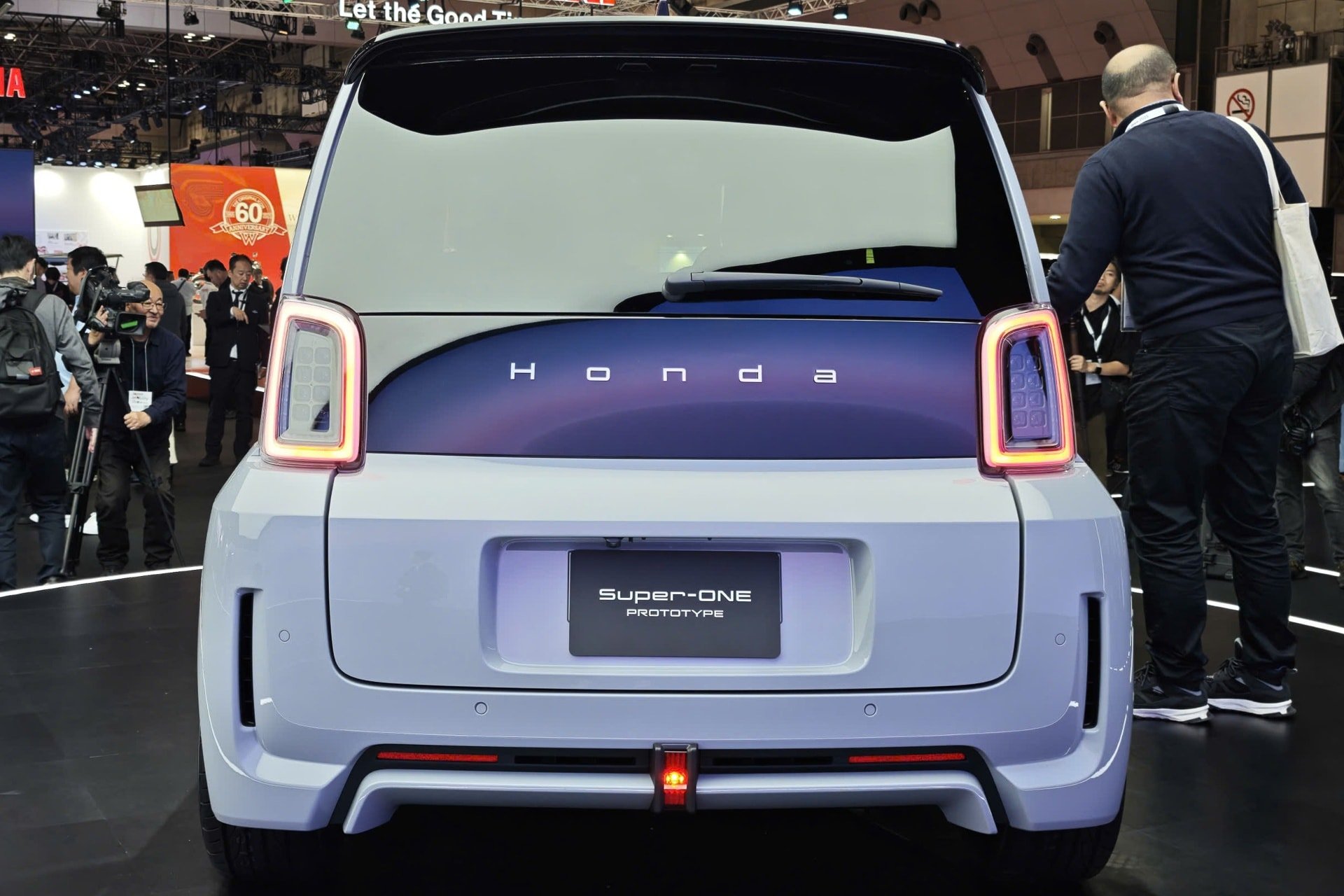
Design inspiration, pre-production quality
Despite being a near-pre-production model, the Super-One’s exterior panels show serious finishing, from the straight lines to the lighting details and bumpers. The square shape not only creates recognition but also benefits visibility and head-and-shoulder space for passengers. The presence of physical buttons in the center of the dashboard is also a practical choice in the context of many models following the “all-touch” trend.
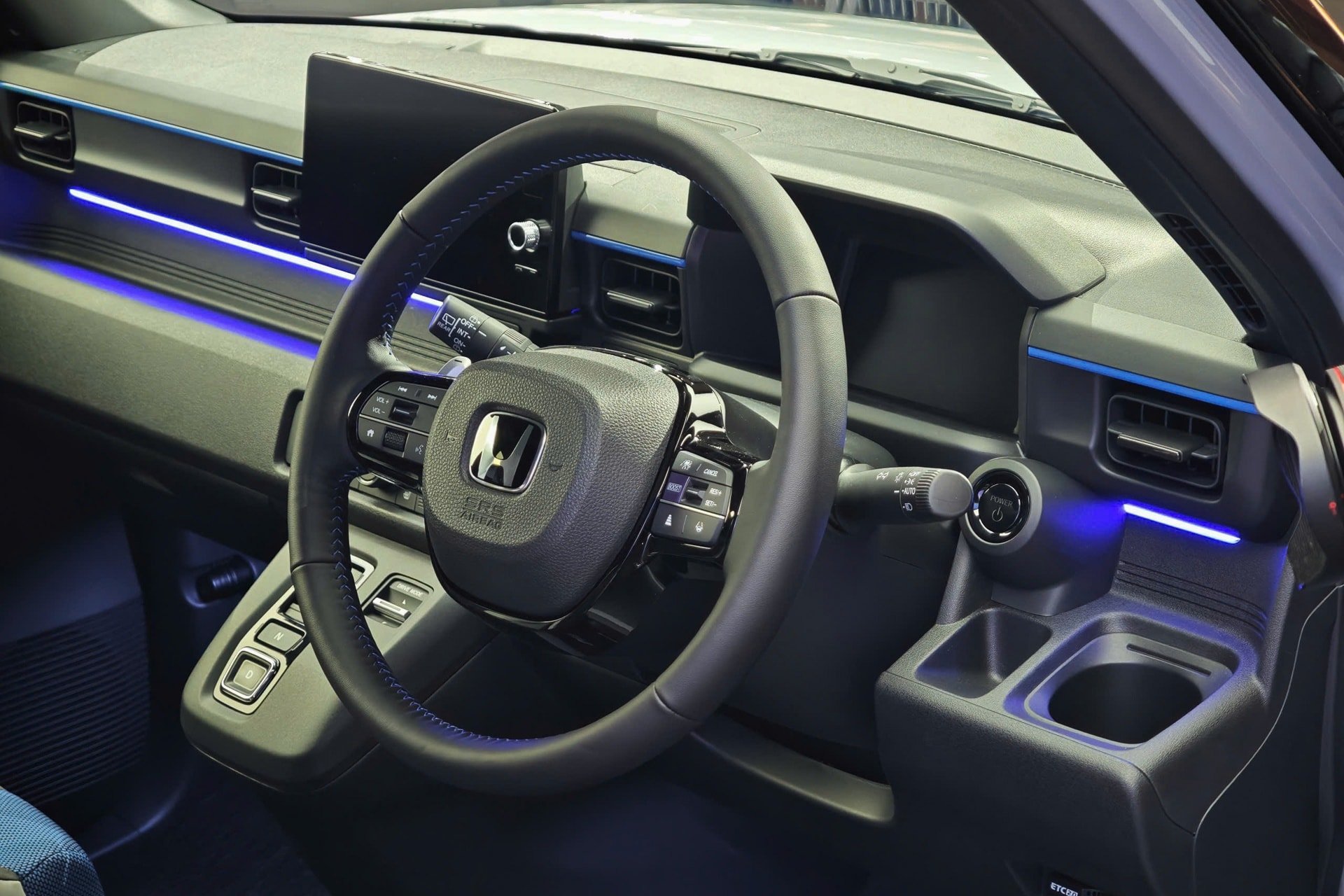
Pre-production Honda Super-One main datasheet
| Category | Information |
|---|---|
| Launch event | Japan Mobility Show 2025 |
| Status | Near-production prototype (developed from the Super EV concept, Goodwood 2025) |
| Segmentation/Positioning | Small urban electric car, kei-car style |
| Number of seats | 4 seats (2 rows of seats; rear row folds flexibly) |
| Center screen | 9 inches |
| Driving clock | LCD screen behind 2-spoke steering wheel |
| Hand brake | Electronic handbrake |
| Control system | Physical key cluster under the screen (number selection, air conditioning...) |
| Tray | 16 inch, 4 spoke, two tone |
| Battery | 35.5 kWh |
| Range of operation | About 220 km |
| Charging port | 2 charging ports located at the front of the car |
| Power/Torque Specifications | Not announced (most likely >154 horsepower, >315 Nm) |
| Sales plan | Expected to be sold in Japan from next year; may expand to UK, Asia, Oceania |
Market and potential competitors
Honda plans to start production and sales of the Super-One in Japan next year. After that, the company said it may introduce the model to markets with demand, including the UK, Asia and Oceania. If it comes to Vietnam, the Super-One will enter the small urban electric vehicle group, where the VinFast VF 3 and Wuling Mini EV are attracting the attention of users who are looking for compact vehicles, low operating costs and easy access to parking and charging infrastructure in the city.
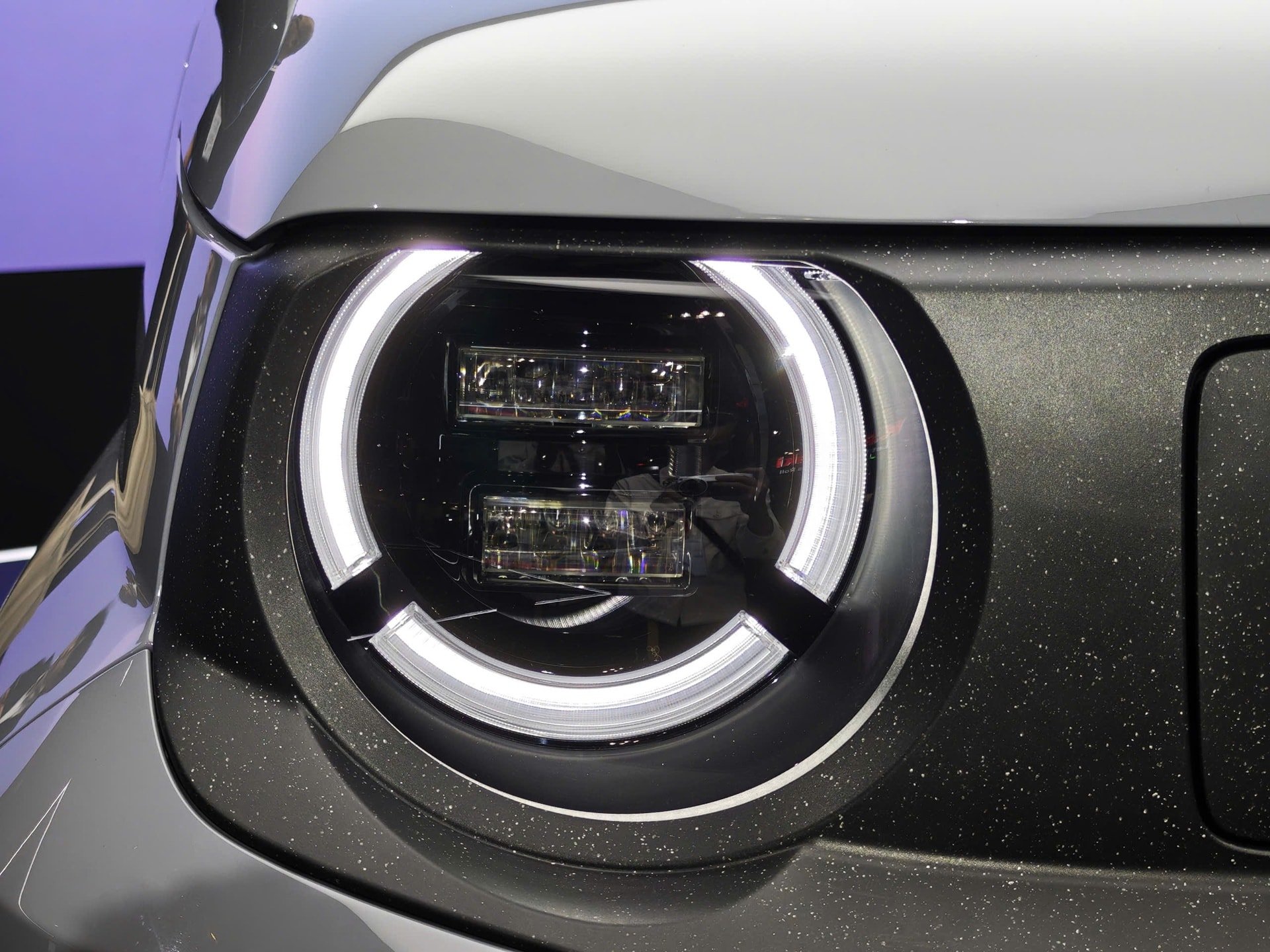
Conclude
In the pre-production stage, Honda Super-One focuses on what urban users need: compact size, simple and intuitive cabin layout, sufficient range for daily use and the convenience of 2 charging ports in the front. Dynamic parameters and detailed equipment will determine the final competitiveness, but with a clear direction and a plan to sell from next year in Japan, Super-One shows the potential to become a worthy choice in the small urban electric vehicle segment, especially in Asian markets like Vietnam when the car is distributed.
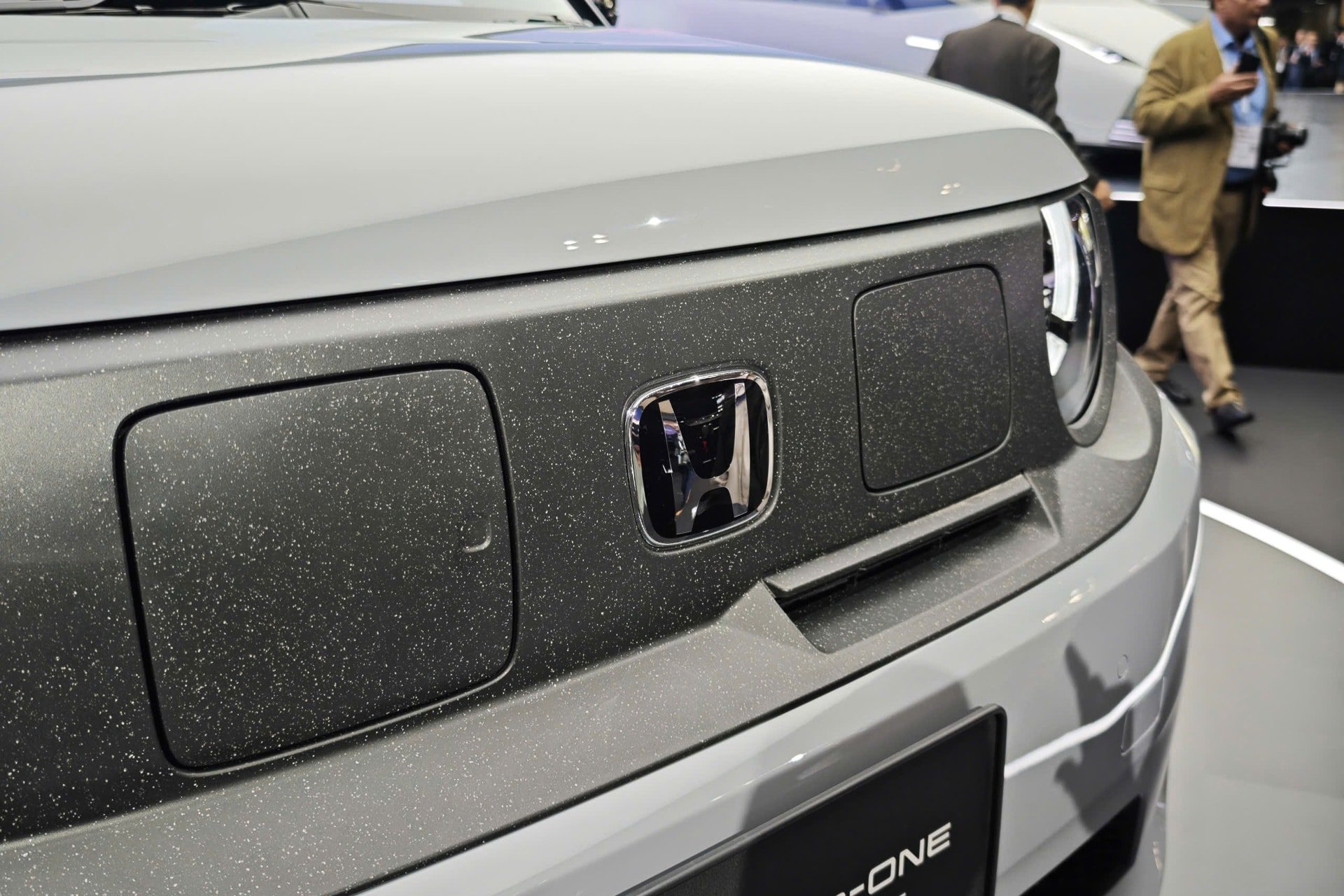
Source: https://baonghean.vn/honda-super-one-tien-san-xuat-ev-do-thi-co-nho-220-km-10309633.html


![[Photo] New-era Party members in the "Green Industrial Park"](https://vphoto.vietnam.vn/thumb/1200x675/vietnam/resource/IMAGE/2025/10/30/1761789456888_1-dsc-5556-jpg.webp)

![[Photo] Fall Fair 2025 - An attractive experience](https://vphoto.vietnam.vn/thumb/1200x675/vietnam/resource/IMAGE/2025/10/30/1761791564603_1761738410688-jpg.webp)
![[Photo] Human love in the flood in Hue](https://vphoto.vietnam.vn/thumb/1200x675/vietnam/resource/IMAGE/2025/10/29/1761740905727_4125427122470875256-2-jpg.webp)
![[Photo] Prime Minister Pham Minh Chinh chaired a meeting to evaluate the operation of the two-level local government model.](https://vphoto.vietnam.vn/thumb/1200x675/vietnam/resource/IMAGE/2025/10/29/1761751710674_dsc-7999-jpg.webp)

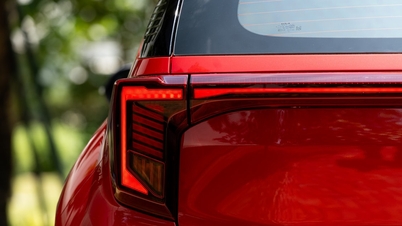
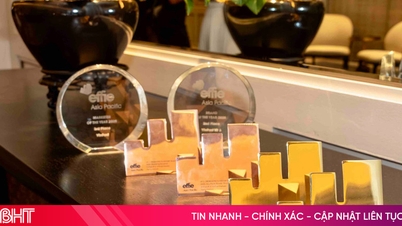

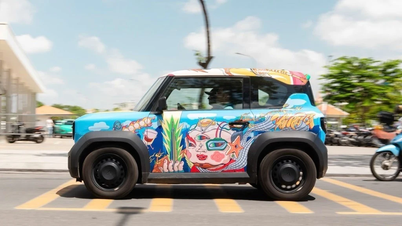

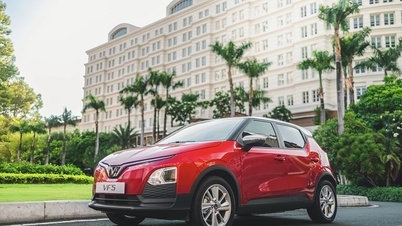




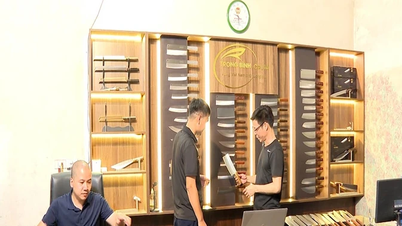



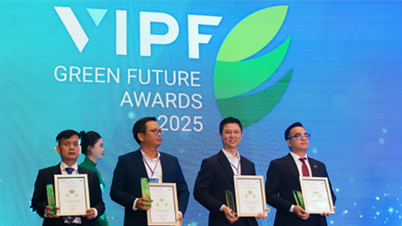












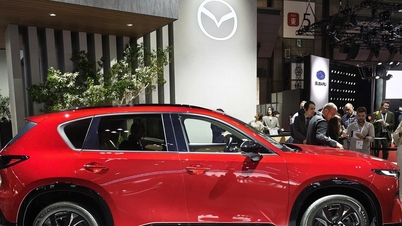
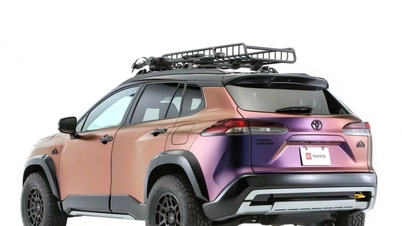
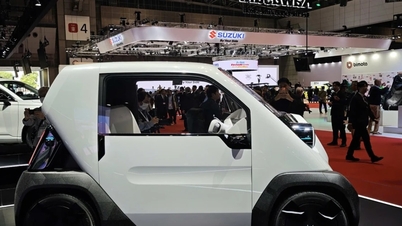
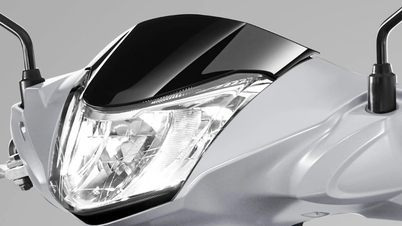












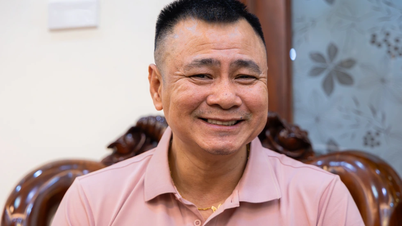












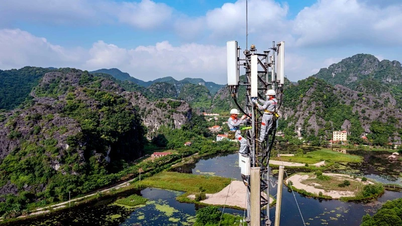
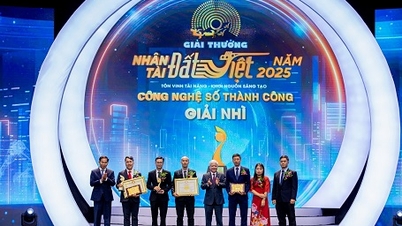

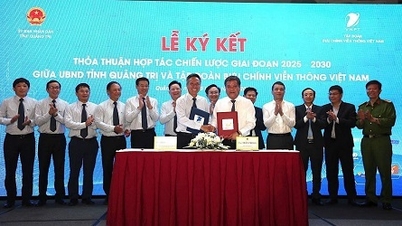











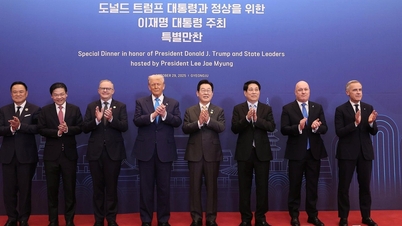




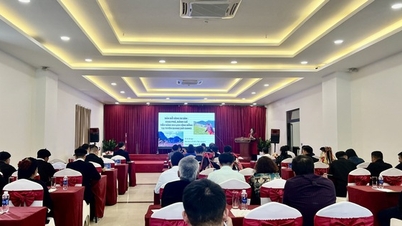





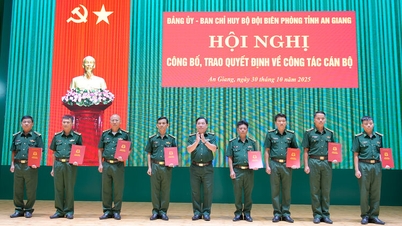



















Comment (0)